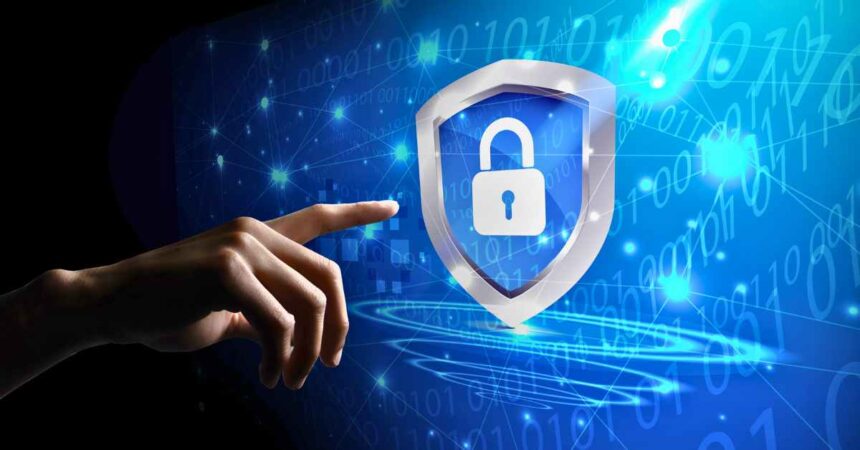Did you know every minute of downtime costs a business more than lost revenue? It disrupts customer service. It halts productivity. More worryingly, the trust you have built over the years can erode instantly.
The issue is that organizations depend more than ever on always-on systems to remain connected all the time. When those systems fail, whether due to cyberattacks, technical failures, or human error, the financial and reputational fallout can be devastating.
The Hidden Price of Downtime
Immediate financial loss is what most think about when determining the cost of downtime. However, the true cost factors in several ripple effects.
Take lost productivity as an example. When employees are unable to complete tasks, it leads to cascading delays across departments. Interruptions in service also cause frustration among customers, which could see them switch to competitors. Furthermore, the potential negative publicity and reputational damage could weaken brand credibility.
For small and mid-sized businesses, the impact can be especially severe. It could even see them remain down permanently.

Cyberthreats as a Downtime Driver
Yes, technical failures are a common cause of outages. However, cyberattacks have become the most disruptive driver of downtime.
Ransomware. Distributed denial-of-service (DDoS) attacks. Identity-based breaches. You never want to experience this type of attack because each can cripple operations for days or even weeks. Unlike hardware malfunctions, these attacks are deliberate. That means recovery typically requires far more than system repairs.
Underestimate these risks at your peril. They can leave your business vulnerable to prolonged disruption.
Building Cyber Resilience
Cyber resilience is the ability to prepare for, respond to, and recover quickly from cyber incidents. Unlike traditional security, which focuses only on prevention, resilience accounts for the reality that attacks will occur.
A strong resilience strategy typically includes:
- Redundant systems and backups to guarantee continuity even during outages.
- Regular risk assessments to identify and address vulnerabilities.
- Incident response planning with clear roles and recovery steps.
- Employee training to minimize the likelihood of human error causing downtime.
When you plan for resilience effectively, your business can reduce the length and severity of any disruptions that crop up.
The Role of Continuous Monitoring
Cyberattacks can occur at any time of the day. That’s why resilience demands 24/7 monitoring and rapid response. That’s where managed detection and response providers enter the equation.
By combining advanced analytics with human expertise, managed detection and response (MDR) services detect suspicious behavior across endpoints, cloud platforms, and user identities. This constant vigilance supports businesses in containing threats before they escalate into extended downtime.
For organizations without in-house security operations centers, MDR offers top-level defense at a manageable cost.
Cyber Resilience as a Competitive Advantage
Beyond impacting operations, downtime can influence market perception. Recover quickly from incidents, or prevent them altogether, and this signals reliability to customers and partners. In industries where trust and responsiveness are essential, resilience becomes a competitive advantage.
Treat cyber resilience as a strategic investment, rather than an IT expense, and you can position your business to thrive in a landscape where disruption is inevitable.






